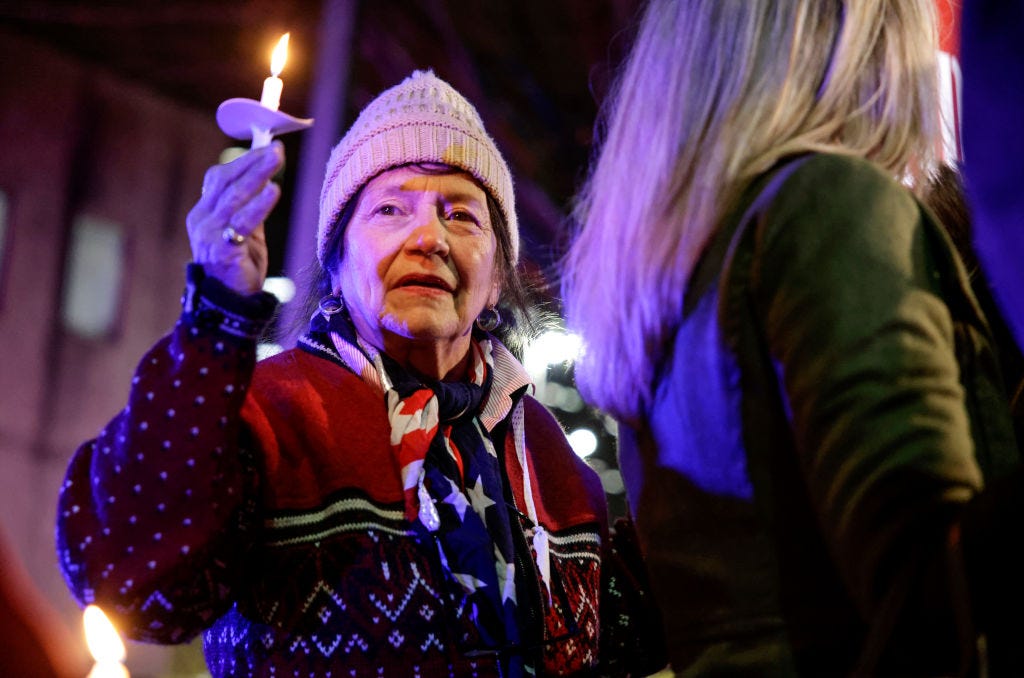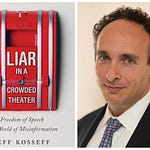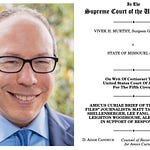
By Maddie Rowley
On January 6th, 2021, the day that Congress was set to certify and confirm Joe Biden as the 46th President of the United States, thousands of Trump supporters swarmed the Capitol and took part in what mainstream media journalists and Democrats say was an insurrection and attempted coup. Just after 2 PM, the insurrectionists broke into the Capitol building through shattered windows and streamed towards the Speaker’s Lobby, yelling, “Stop the steal!” while pushing their way past Capitol police. They claimed that the election was stolen and sought to overturn the results to keep former President Trump in power. Rioters planned and premeditated these actions, Democrats claim. The riot, they say, was a profound attack on the seat of American democracy, and Trump’s incitement of these actions was a seditious attempt to provoke a violent coup.
But January 6 wasn’t an insurrection or a coup. Since that day, more evidence has come to light about what happened, and all signs point to a series of decisions made by federal agency higher-ups and politicians that allowed January 6 to play out exactly as it did. Public has previously reported that there were dozens of undercover informants from many different law enforcement agencies present at the Capitol that day, including confidential human sources (CHSs) from the FBI. This complicates claims of an “insurrection,” given the FBI's long history of entrapment. In addition, former Capitol Police Chief Steven Sund recounted in an interview with Tucker Carlson that he was denied backup from the National Guard by House and Senate security officials and that the FBI and other federal agencies failed to inform him when information about an organized protest became known to the FBI’s Washington D.C. field office on January 5.
It’s true that the events of January 6 and Trump’s refusal to concede the election violated the democratic norm of a peaceful transfer of power. It’s also true that extremist groups were involved in organizing the riot and that some rioters were violent, vandalizing the Capitol and lashing out at Capitol police. Trump encouraged the rioters with his claims of widespread election fraud. He added fuel to the fire with his famously-deleted Tweets about election integrity while telling Republicans to “Get smart and FIGHT!” And when Trump told rioters, “If you don't fight like hell, you're not going to have a country anymore,” he was irresponsible, at best.
Yet none of this amounts to the claims of a “coup,” which would have involved a heavily armed effort to take control of the military, the media, and other major institutions. The evidence of FBI infiltration and security failures at the Capitol suggest that many of the rioters were not, in fact, planning to overthrow the democratically-elected government. And Trump denying and attempting to contest the election results were different in degree, but not kind, from what Democrats have done in several instances. So why do Democrats insist that January 6 was a violent insurrection, and why do they continue to demand heavy penalties for the rioters two and a half years later?
Julie Kelly, political commentator, journalist, mom, and author of January 6: How Democrats Use the Capitol Protest to Launch a War on Terror Against the Political Right, has spent the last three years unraveling the events of January 6 and is still closely following court cases and conducting research as the litigation and prosecutions continue. She writes about her January 6 findings on her Substack, Declassified with Julie Kelly, as well as for various news outlets.





















